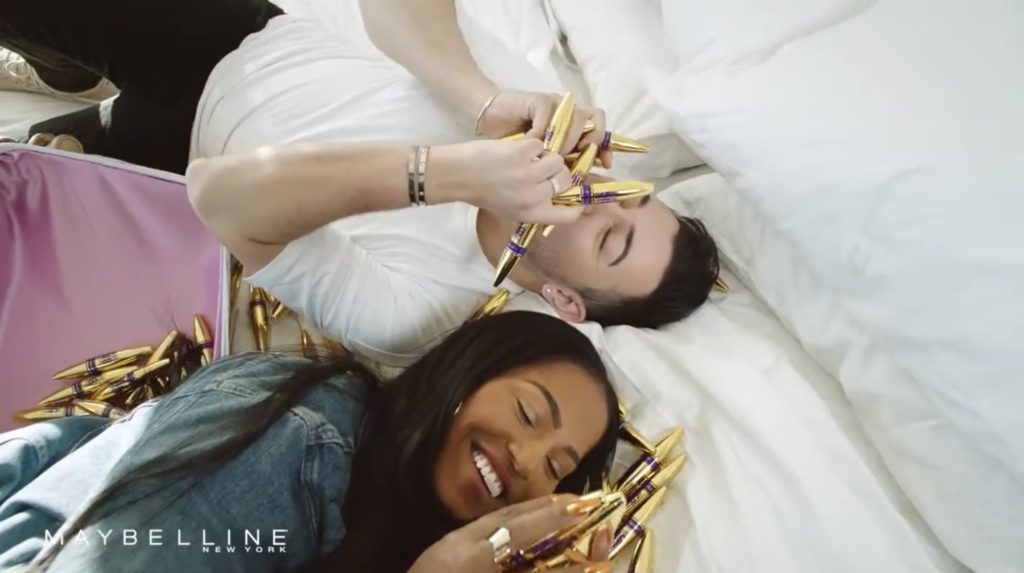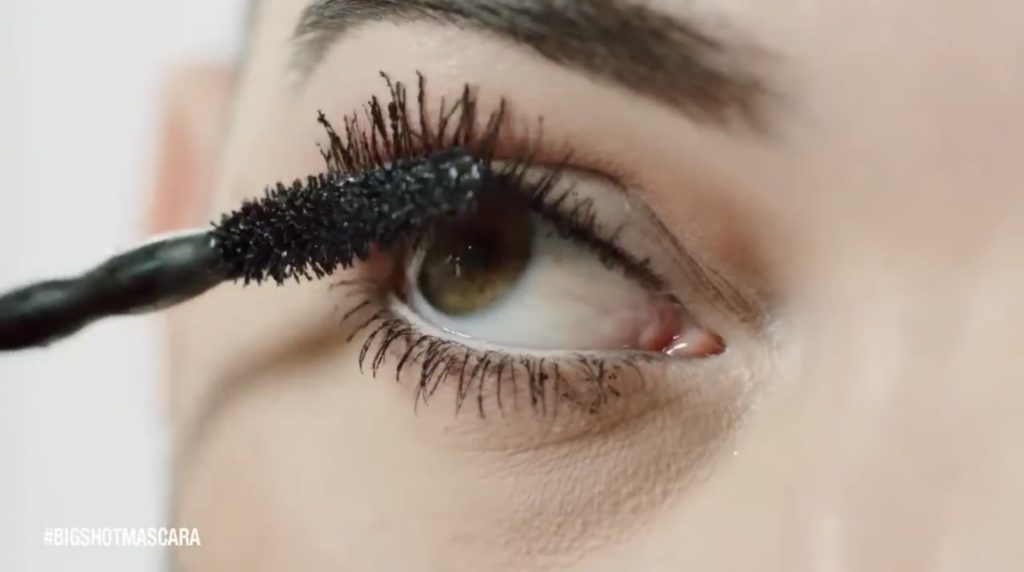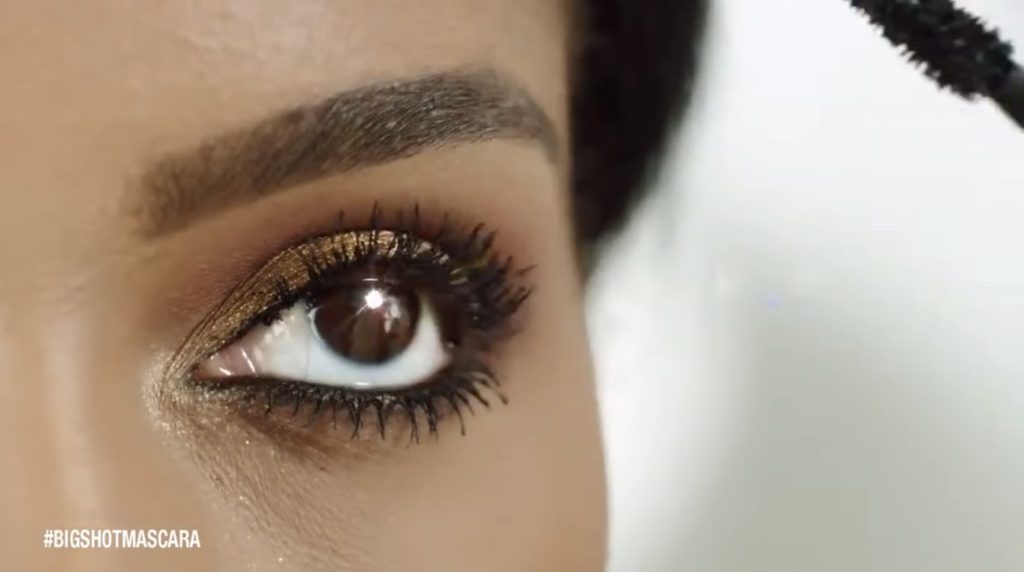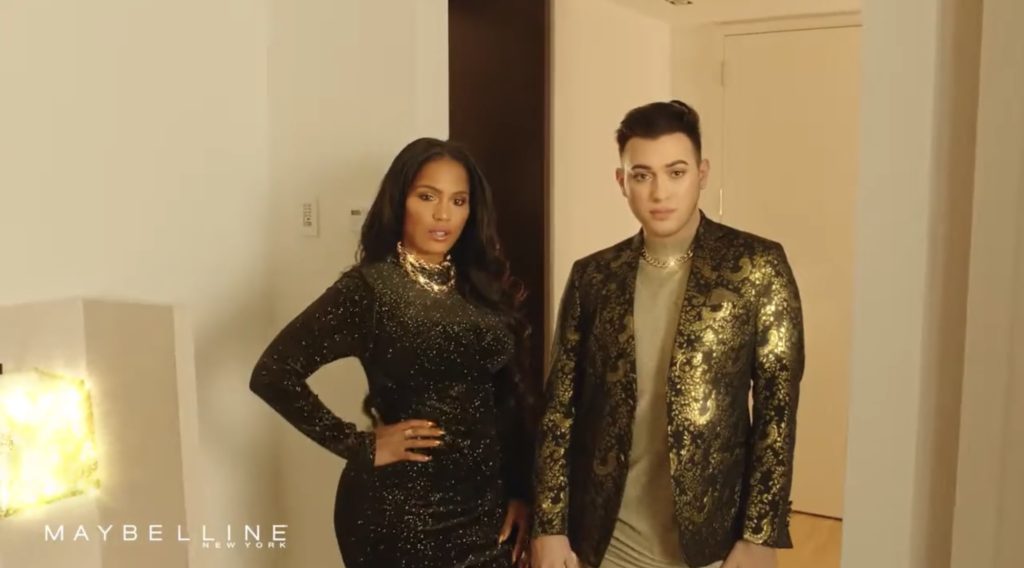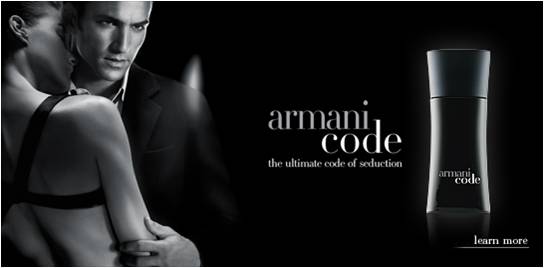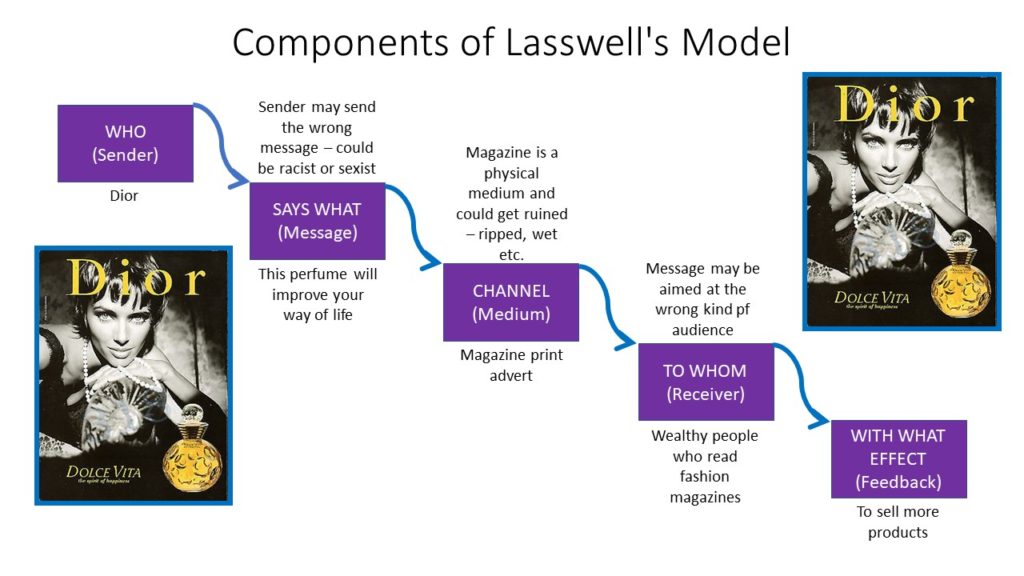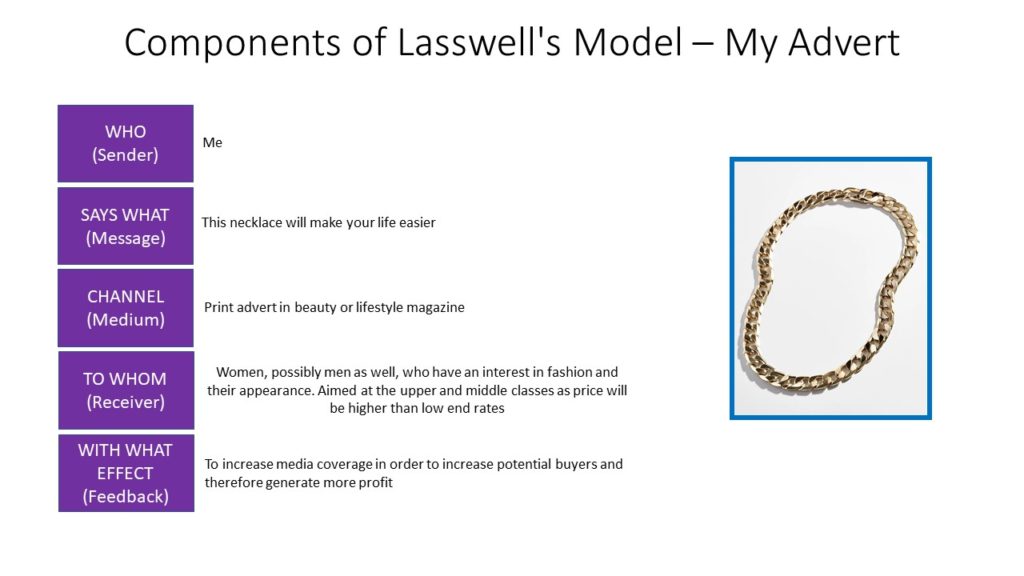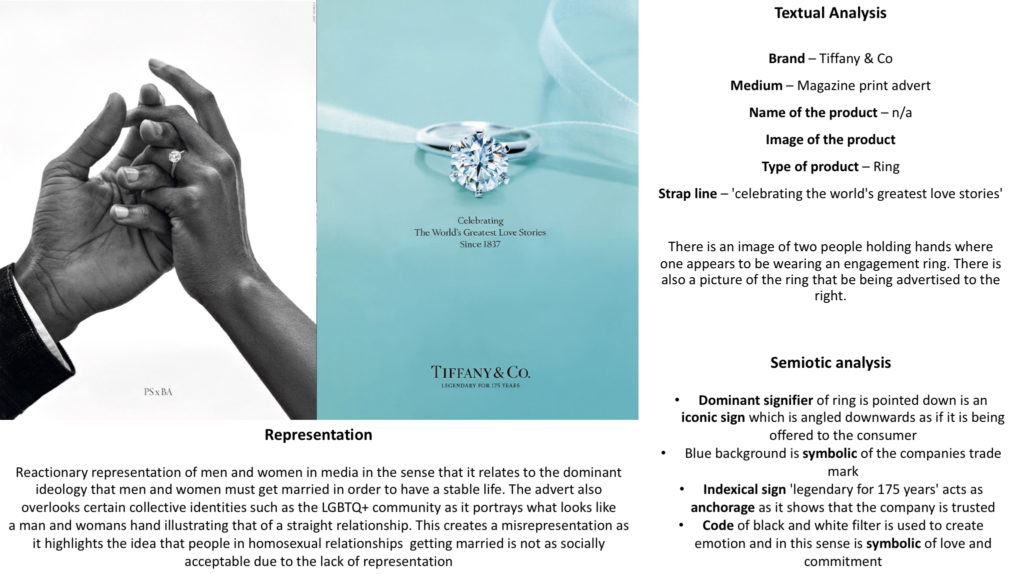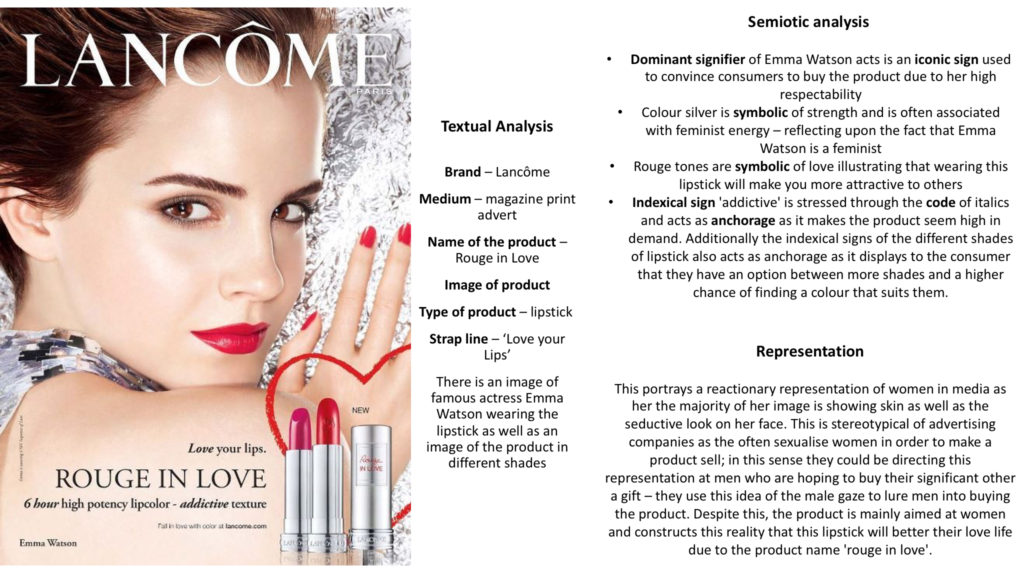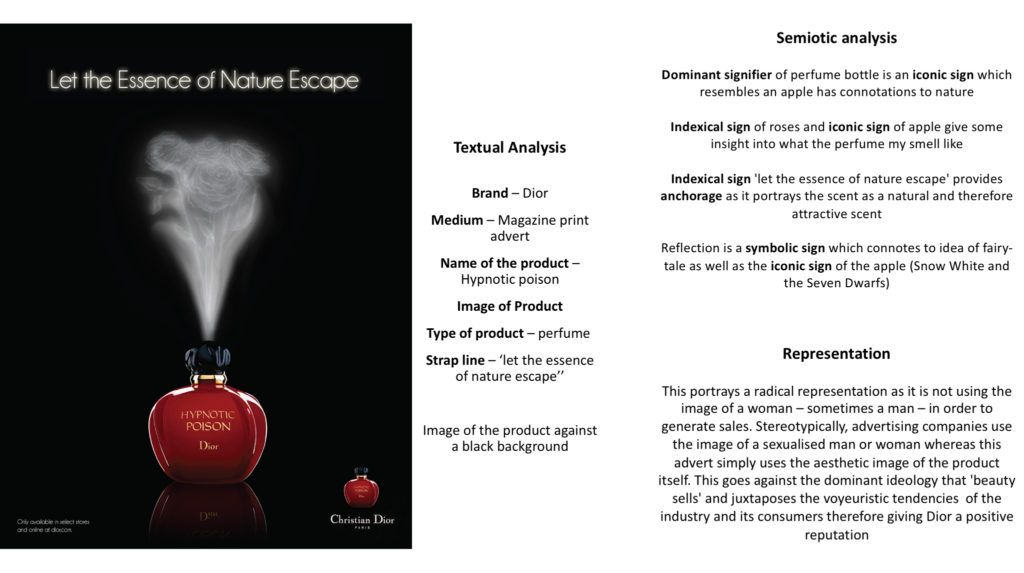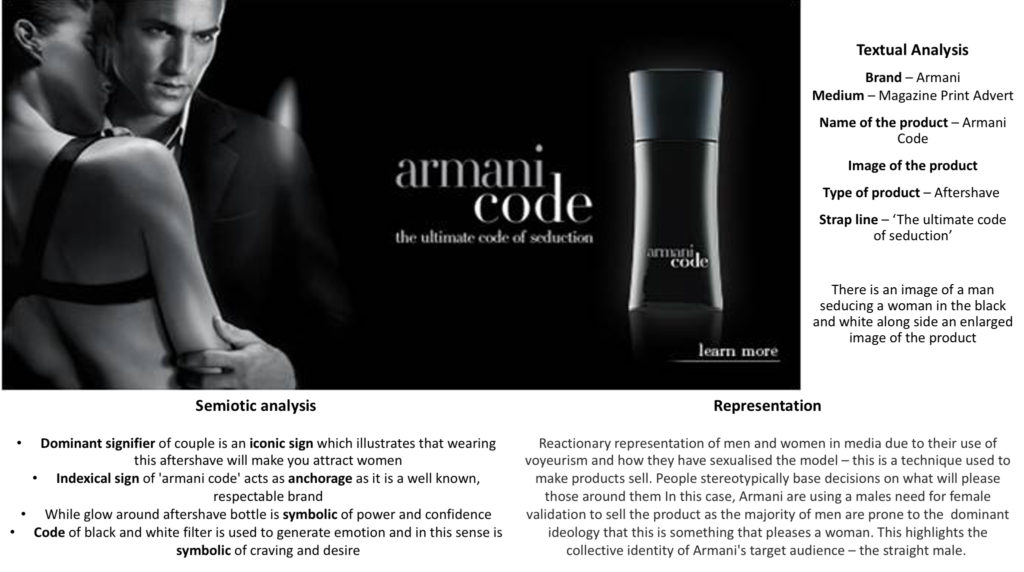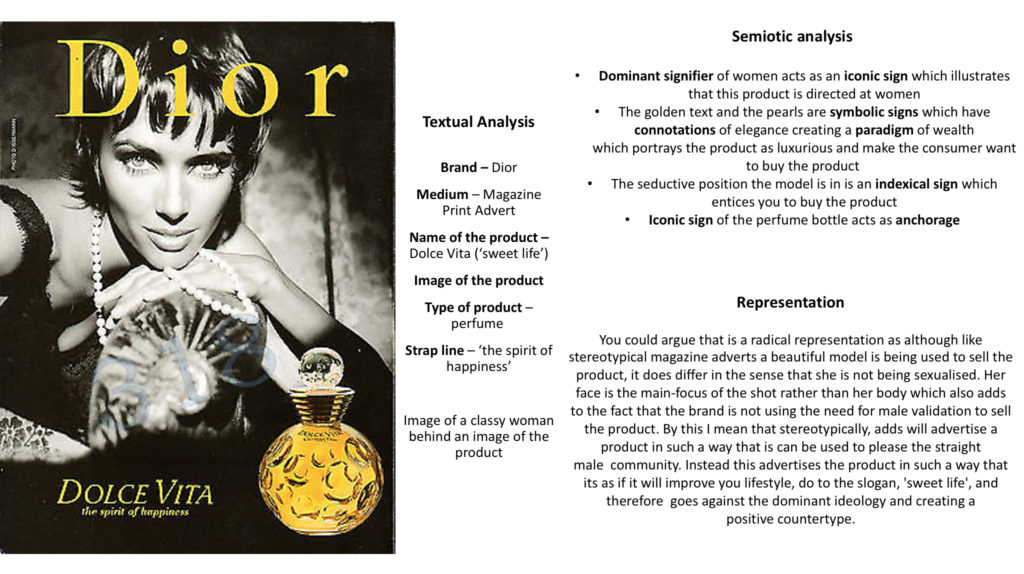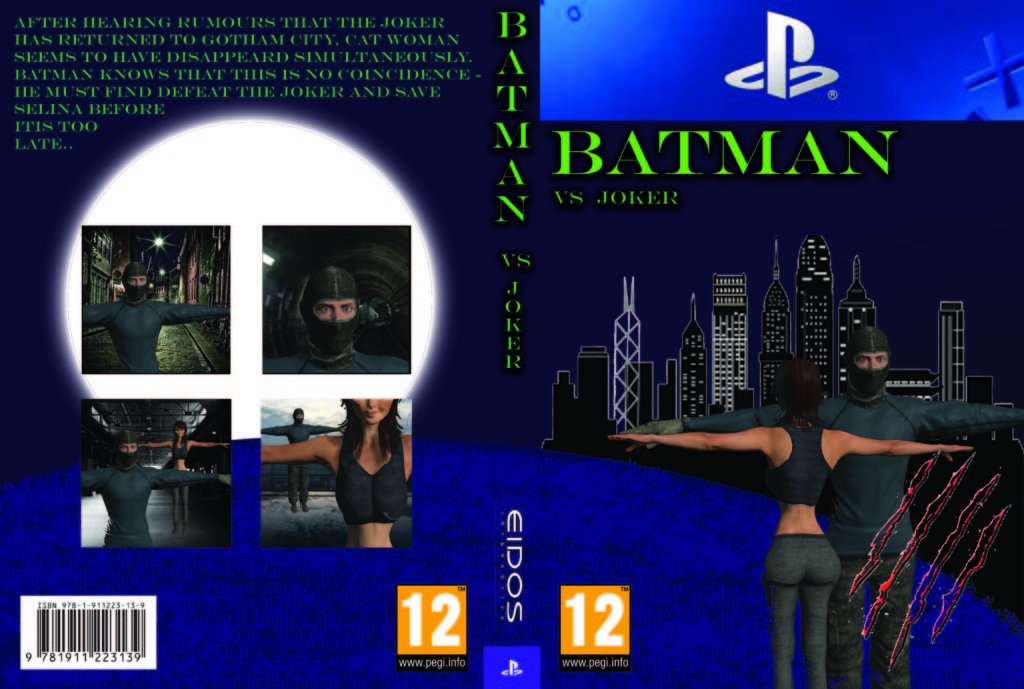| Glamour – By Erin Reimel January 4, 2017 | ‘marks Maybelline’s first-ever partnership with a man as the star of a campaign’ ‘beauty brands are finally getting the hint that makeup isn’t just for girls; it’s for guys too’ |
| Herstory -By Sharika Nair January 11, 2017 | ‘’Tall, white and skinny’ was the description that would fit most models’ ‘a gay YouTube star has become the first male model for international cosmetic giant Maybelline’ |
| Manny Gutierrez, 2017 | ‘Maybelline posted me on Instagram. I think I’m the first boy they’ve ever posted! We’re breaking boundaries guys!’ |
| Dominant signifiers – Manny Mua and Shayla | The use of well known influencers gains more publicity for the product and therefore more sales. Their heavy influence will convince others that they also need this product. |
| Anchorage – ‘that boss life’ in the first shot of the ad | The strap line not only tells us what the product is, but it also signifies the effect this product will have on a consumer – they will become more confident. |
| Code – gold sparkles special effects and glistening sound effects | have connotations to magic and portray the mascara tube as a magic wand. This creates the idea that by using this product you will magically become more beautiful and more confident. |
| Symbolic sign, paradigm – the colour gold | Gold packaging, gold suitcase, gold outfits, gold lighting has connotations of wealth and luxury |
After previously limiting their adverts to women, Maybelline uses their first male star in order to promote their new product ‘Big Shot’ mascara. This presented a more diverse side to the brand as whilst not only is Manny male, but he is also gay and therefore shines a positive light on the belief that makeup is not limited to women and disregards the dominant ideology that man cannot wear makeup. This is further reinforced by using someone of colour to also help promote the product as this is not necessarily that common in media.
Using a well known and well respected influencer will gain the product more recognition and therefore more sales. This technique relates to Lazerfeilds Two Step Flow Model and his theory of ‘Opinion Leaders’ (1948) where by members of the masses are easily influenced by by what those with higher authority will promote to them.
The models diversity and influence are two huge factors which will help the product sell.
The use of the strap line ‘let’s get bossed up’ may seem repetitive and cheesy, but this is done on purpose as it is likely that consumers will find the advert memorable and therefore convince them to buy it.
At the beginning of the advert the models are dressed in plain clothing whereas after putting on the mascara they are seen in more glamorous attire. They also appear to feel more confident due to the shot at the end of the advert when they are staring into the camera – This illustrates to potential buyers that the effect of using this product is that you will feel more confident and elegant.
The frequent use of the colour gold – gold packaging, gold suitcase, gold clothing – is symbolic of luxury and wealth reflecting upon how consumers will feel after using the product.






